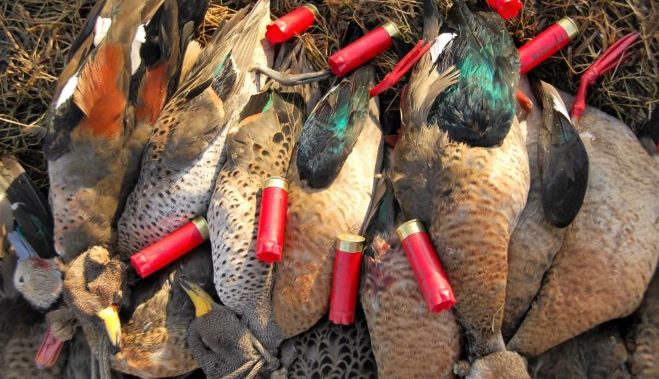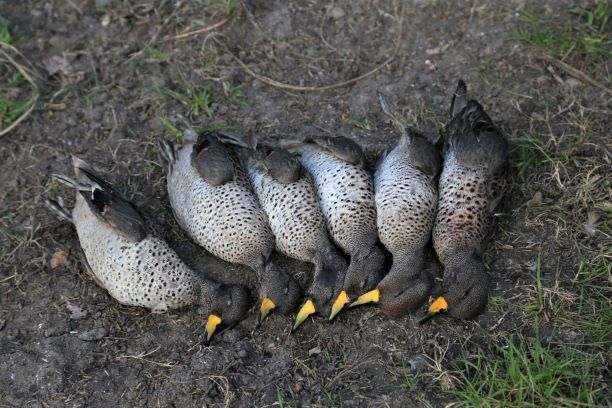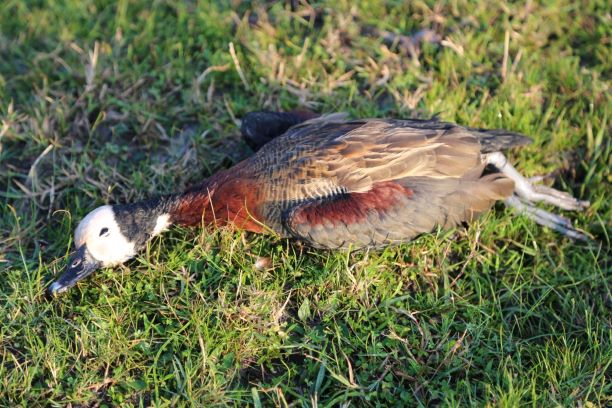Overview of the main species of Argentinian ducks.
Argentina duck hunting is fabulous due to the variety of species and high poplulation of birds.
This South American country is very well known for limitless dove hunting and a year round dove season.
It is equally known for its high volume duck hunting readily available in many areas of its vast land.
Duck hunting species in Argentina are different
There are around 17 species of ducks in Argentina and more than ten of them are commonly hunted in the country.
Some species are more abundant in some regions than in others, and some species can only be found in certain habitats.
Argentina Big Hunting’s main duck hunting operation is located in the Eastern side of the province of Entre Rios. It is one of the hot spots for duck hunting in South America.
The wetland, lagoon, marsh and river systems of this region coupled with the abundant agriculture provide a world-class duck hunting experience in Argentina for different species.
Seasons and limits vary depending on location, so duck season in our area runs from May through August with a 25 ducks limit a day.
While many hunters come with the main goal to experience Argentina to the fullest; the tremendous waterfowl flights, quality wine, famous steaks and the luxury lodging is well known worldwide.
Despite the fact that we are able to provide one of the widest variety of ducks, it is not likely for a hunter to see all the species together.
The migration patterns are based on weather conditions, it is more realistic to expect to see five to seven species during a week long hunting adventure
Argentina duck hunting is second to none because the abundance of game and variety of species.
Here is some information on some of the most popular species of ducks we hunt:
Ringed Teal
The Ringed teal are one of the species that migrates early in Argentina. In Entre Rios we have a sizeable permanent population of them.
They are a smaller sized duck with a beautiful feather pattern with an interesting white ring on each wing.
It has a beautiful blue bill and with a soft peep when flying. Their flight is erratic and is quite difficult to get a bead on, providing a challenge to even the most seasoned shooter.
Brazilian Teal
Brazilian Teal migrate about mid season but some can also be found earlier.
There is a permanent population of these Ducks around Buenos Aires and they insure the success of Argentina duck hunting. These are the largest of the Teal species found in Argentina and can be compared in size with the North American Wood Duck.
The bill of the Brazilian Teal is a deep red and its wings are green in color and they generally fly very low in groups of 10 or more birds and they are very willing to decoy.
They are very noisy in flight as they make a very loud whistling sound as they fly.
Brazilian Teal represent one of the largest populations of ducks in the area and can be found in large numbers in lagoons and potholes.
Speckled Teal
These Speckled Teals are small in size and appear early in the migration.
It can be compared in size to the Green Winged Teal of North America.
They are speckled in color with a yellow beak and this type of teals are very acrobatic flyers.
Regarding their flight pattern, hunters usually find them in large groups in excess of 10 birds.
Teals are very fast and agile birds and respond very well to imitation calls.
As you can imagine they are very challenging to shoot and can be very entertaining to try and get a bead on
Silver Teal
This small bird is similar in size to a Green Winged Teal and hunters recognize them by it cappuccino cheeks and colorful blue and yellow bill.
They have a unique flying pattern and can be found in pairs on in larger groups. In flight they are very fast and are willing to decoy.
It’s hard to tell the difference between a male and female bird as they are identical in size and markings.
They are very predominant in Argentina and can be found in many types of waters and conditions
Chiloe Wigeon
Think of the Chiloe Wigeon as the South American 1st cousin of the North American Wigeon.
These wigeons live throughout South America including the Falkland Islands.
They have a green and white metallic head with a very stunning feather pattern. In flight the Chiloe has a weeping whistle.
Wigeons prefer small bodies of water like lagoons and potholes and are found mainly in small groups of four or more.
Chiloe’s are also known to flock with other waterfowl species.
Yellow Billed Pintail
The Yellow Billed Pintail is a little larger than the North American Pintail and is very similar in appearance and behaviors.
It has a bright yellow bill with a brown body with the characteristic long pin-tail.
They fly in small groups of 6 or less the birds are known to decoy from high altitudes.
These pintails prefer larger bodies of water, big fields and secluded ponds and are a very cautious bird that are very fun to hunt.
White-Cheeked Pintail
Being a late migrator the White Cheeked Pintail is one of the last birds to come in during the Argentina Duck season.
It is smaller than the Yellow Billed Pintail. They have stunning white cheeks and a blood red bill and can be found in small groups.
White cheeked (or white face) pintails are a very fast flying bird and are commonly found with groups of Teal.
Red Shoveler
The Red Shovelers show up early and have a lot of the same characteristics as their North American cousins.
They are a cinnamon color red with blue and green colored wings with a bold black bill.
Shovelers are very willing to decoy and are predictable flyers and you can find Red Shovelers by themselves or with other species of waterfowl.
Rosybill Pochard
One of the most sought after species of ducks in Argentina the Rosybill Pochard is a very unique species of duck.
They are excellent flyers and are very fast.
“Rossies” are a bit larger than a Mallard duck and have a Rosy colored bill, white striped wings and a very loud quack.
These ducks fly at very high altitudes but they decoy very well when an experienced duck caller lures them.
It’s quite a site to see a large group of Rosybill’s descending from above into your decoys.
Argentina duck hunting wouldn’t be the same without this emblematic species.
White-Faced Whistling
The White Face Whistling ducks are not migratory and are found resident in Argentina throughout the year.
They have a white face, black bill and a mahogany colored chest. Because of their long legs they have a very unique flying style.
These ducks fly at high altitudes and are constantly squealing and they are very cautious to decoy and at times can be found among other flocks of ducks.
We would like to thank Southern Outfitters Cooperation for their contribution to this post.
Pictures of a few duck hunting species


